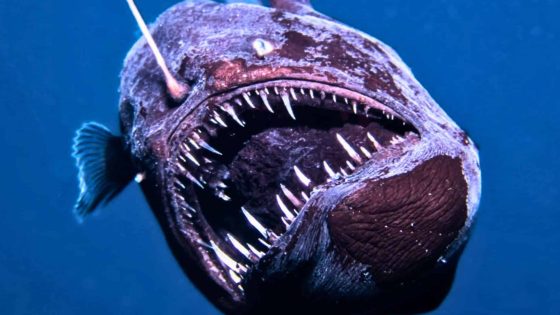A rare sighting of the black sea devil, or Melanocetus johnsonii, occurred on January 26 near Guía de Isora, Tenerife. This deep-sea creature, typically found at depths of 200 to 2,000 meters, was filmed swimming near the surface, marking a potentially unprecedented event in marine biology.
- Black sea devil filmed near Tenerife surface
- Rare sighting of living adult anglerfish
- Possible reasons for surface appearance explored
- Specimen transferred to Museum of Nature
- Opportunity for unique marine biology study
- Deep sea remains largely unexplored territory
The black sea devil is a member of the deep-sea anglerfish family, known for its unique adaptations to life in the dark ocean depths. It has a large head, needle-like teeth, and a bioluminescent lure that attracts prey. Typically residing far below the surface, the sighting of this creature swimming during the day raises questions about its unusual behavior.
Several theories are being explored to explain why the black sea devil surfaced. Possible explanations include:
- Disorientation due to illness or environmental stress.
- A powerful upwelling current that brought the fish to the surface.
- A need to escape from an unknown predator.
- Changes in ocean conditions or disruptions in its deep-sea habitat.
After its death, the specimen was transferred to the Museum of Nature and Archaeology in Santa Cruz de Tenerife for further analysis. Researchers hope to gain insights into the anatomy and potential causes of its ascent by studying its tissues and stomach contents. This incident highlights the mysteries of deep-sea life and the impact of changing ocean conditions on marine species.
This sighting of the black sea devil not only provides a rare glimpse into deep-sea life but also raises important questions about the health of ocean ecosystems. As researchers continue to investigate, this event serves as a reminder of the vast mysteries that remain in our oceans.
































